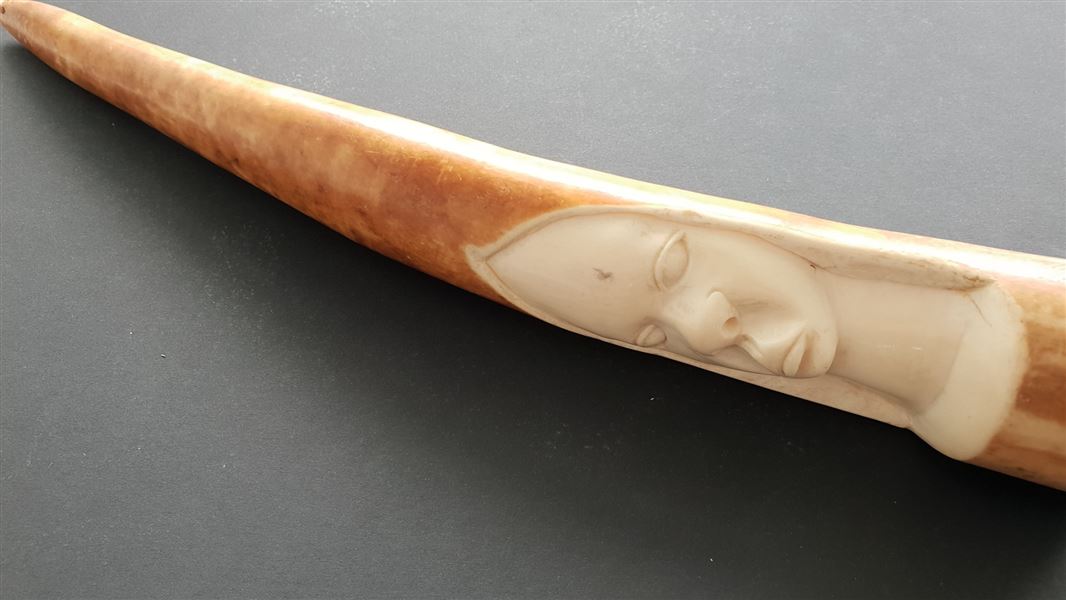Archived content: This media release was accurate on the date of publication.
Date: 24 September 2019 Source: Office of the Minister of Conservation
“In New Zealand, we value and seek to protect endangered species, both our indigenous species and those from elsewhere in the world. By reviewing the Trade in Endangered Species Act 1989 we aim to strengthen their protection,” said Eugenie Sage.
“There is growing concern worldwide about the role that trade in elephant ivory plays in the poaching and decline of elephant populations. New Zealand’s domestic market for ivory is thought to be small but the domestic sale of elephant ivory items is not currently regulated in New Zealand.
“The costs and benefits of stronger regulation of the trade in elephant ivory, within New Zealand and at the border, are part of this review of the law. Options for stronger regulation range from a ban on the domestic sale of elephant ivory in New Zealand, a ban with some exemptions for items such as antiques and musical instruments, to establishing a register of elephant ivory sellers and tracking all elephant ivory items that are sold,” she said.
“Public comment is welcome on these and other options in the discussion document on proposed changes to the Trade in Endangered Species Act 1989 (TIES Act).”
TIES is the legislation that implements New Zealand’s international commitments to regulate trade in endangered species across New Zealand’s borders.
“The review of the TIES Act aims to ensure New Zealand is fulfilling its commitments to ensure trade in endangered species is not detrimental to the survival of species in the wild.
“The proposals in the discussion document ensure that we can continue to facilitate conservation of endangered species and combat their illegal or unsustainable trade,” Eugenie Sage said.
The review is also looking at how to improve the way the TIES Act operates, and make it easier to implement New Zealand’s international obligations to regulate international trade in endangered species.
The release of the discussion document follows the recent international conference on the Convention on International Trade in Endangered Species (CITES) held in Switzerland from 17 to 28 August.
“With a fresh international focus on ways to protect endangered species from illegal trade, now is the ideal time for us to review how we operate and enforce regulations,” says Eugenie Sage.
The discussion document can be found on DOC’s website at www.doc.govt.nz/ties-act-consultation, including a list of questions to help guide submissions. Public consultation will run from 24 September to 25 October.
Background
The Trade in Endangered Species Act is New Zealand’s domestic legislation that implements the Convention on International Trade of Endangered Species of Wild Fauna and Flora (CITES) which New Zealand signed up to in 1989. CITES is an international agreement between states that aims to ensure international trade in specimens of animals and plants does not threaten their survival in the wild.
Approximately 5,800 species of animals and 30,000 species of plants are subject to CITES. These animal and plant species are listed in Appendix I, II or III of CITES, according to the degree of protection they need. The requirements for permits and certificates needed to trade a specimen differ, depending on which Appendix the species is listed on.
Contact
For media enquiries contact:
Email: media@doc.govt.nz
